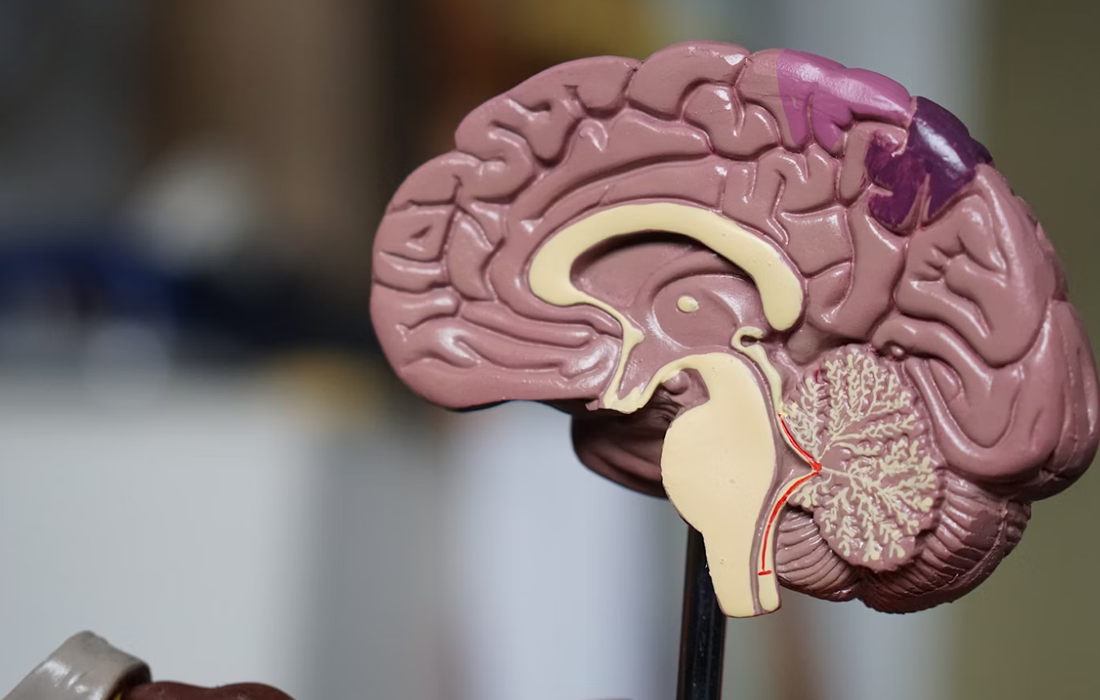Regenerative Medicine News and General Information
Human Stem Cells and Early Nervous System
The first stem cell culture method that produces a full model of the early stages of the human central nervous system has been developed by a team of engineers and biologists at the University of Michigan, the Weizmann Institute of Science, and the University of Pennsylvania.
The system is an example of a 3D human organoid — stem cell cultures that reflect key structural and functional properties of human organ systems but are partial or otherwise imperfect copies.
For example, organoids developed using patient-derived stem cells may be used for identifying which drugs offer the most successful treatment. Already, human brain and spinal cord organoids are used to study neurological and neuropsychiatric diseases, but they often mimic one part of the central nervous system and are disorganized.
The new model, in contrast, recapitulates the development of all three sections of embryonic brain and spinal cord simultaneously, a feat that has not been achieved in previous models.
While the model is faithful to many aspects of the early development of the brain and spinal cord, the team notes several important differences. For one, neural tube formation — the very first stage of central nervous system development — is very different. The model can’t be used to simulate disorders that stem from improper closure of the neural tube such as spina bifida.
Instead, the model started with a row of stem cells roughly the size of the neural tube found in a 4-week-old embryo — about 4 millimeters long and 0.2 millimeters in width. The team stuck the cells to a chip patterned with tiny channels that the team used to introduce materials that enabled the stem cells to grow and guided them toward building a central nervous system.
The team then added a gel that allowed the cells to grow in three dimensions and chemical signals that nudged them to become the precursors of neural cells. In response, the cells formed a tubular structure. Next, the team introduced chemical signals that helped the cells identify where they were within the structure and progress to more specialized cell types. As a result, the system organized itself to mimic the forebrain, midbrain, hindbrain and spinal cord in a way that mirrors embryonic development.
The team plans to apply the model to study different human brain diseases using patient derived stem cells.
Xue hopes to continue using this model to study the interplay among different parts of the brain during development. He is also interested in studying how the brain sends instructions for movement via the spinal cord. This line of inquiry, which could shed new light on disorders like paralysis, would require the neurons to link up into working circuits — something that was not observed in this study.
Sources:
Xufeng Xue, Yung Su Kim, Alfredo-Isaac Ponce-Arias, Richard O’Laughlin, Robin Zhexuan Yan, Norio Kobayashi, Rami Yair Tshuva, Yu-Hwai Tsai, Shiyu Sun, Yi Zheng, Yue Liu, Frederick C. K. Wong, Azim Surani, Jason R. Spence, Hongjun Song, Guo-Li Ming, Orly Reiner, Jianping Fu. A Patterned Human Neural Tube Model Using Microfluidic Gradients. Nature, 2024; DOI: 10.1038/s41586-024-07204-7
University of Michigan. (2024, February 26). Human stem cells coaxed to mimic the very early central nervous system. ScienceDaily. Retrieved February 28, 2024 from www.sciencedaily.com/releases/2024/02/240226204650.htm
Image from: https://unsplash.com/photos/brown-brain-decor-in-selective-focus-photography-3KGF9R_0oHs

